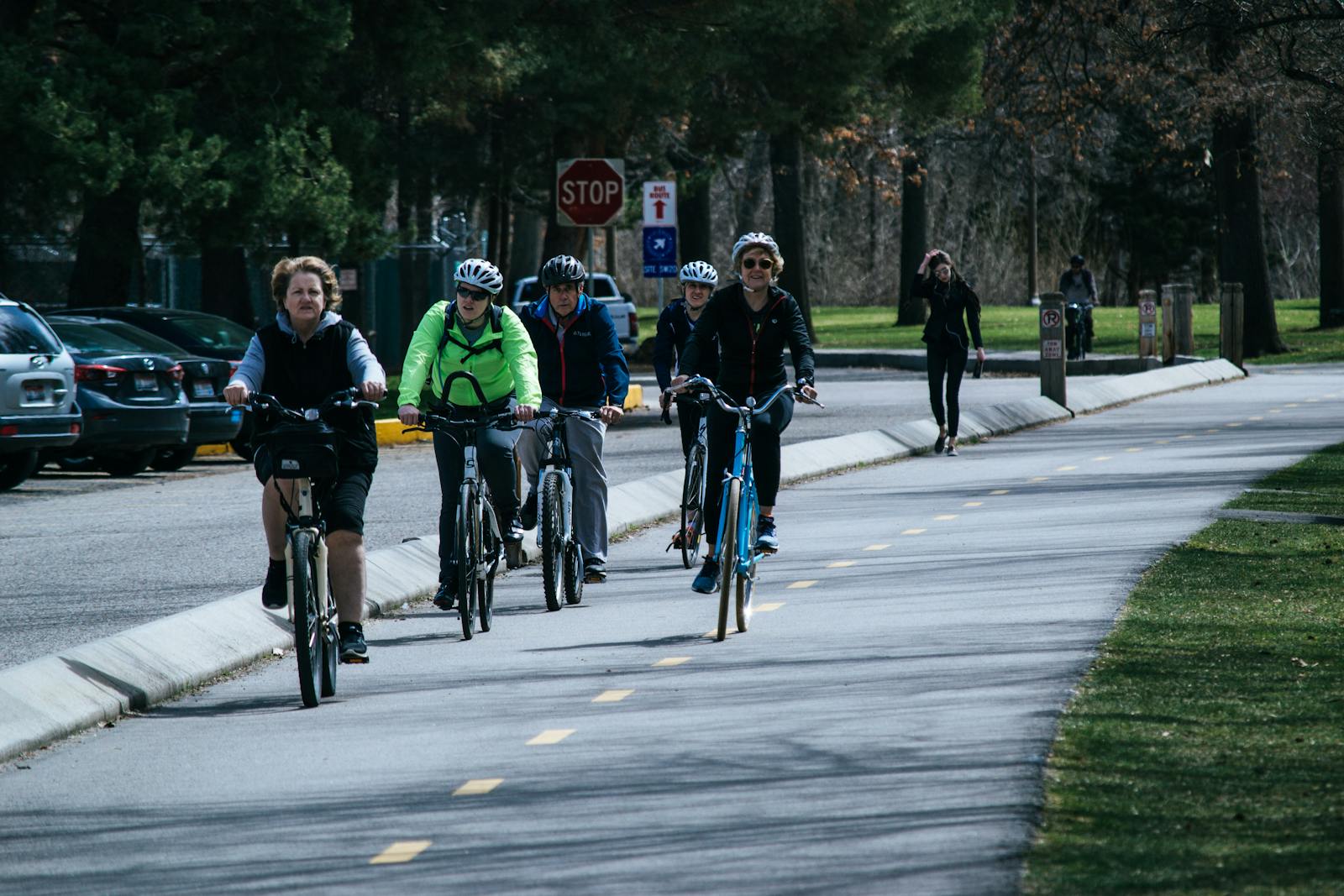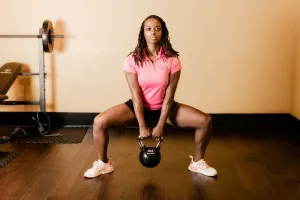As we age, maintaining strength and flexibility becomes increasingly important for overall health, mobility, and independence. Regular exercise helps prevent muscle loss, reduces the risk of injury, improves balance, and keeps joints flexible. For older adults, a well-rounded exercise regimen that combines strength training, flexibility exercises, and cardiovascular activities can significantly enhance quality of life.
Here are the 15 most effective exercise regimens for maintaining strength and flexibility for older adults:
1. Walking
Walking is one of the simplest and most effective exercises for older adults. It helps improve cardiovascular health, strengthens the lower body, and promotes flexibility, particularly in the hips, knees, and ankles. Walking also helps with balance and coordination, reducing the risk of falls.
Benefits:
- Strengthens legs and improves cardiovascular endurance.
- Enhances flexibility in the lower body.
- Low impact and easy to modify based on fitness level.
How to Implement:
- Start with a 15-30 minute walk daily, gradually increasing the time and pace.
- Use supportive shoes and maintain a steady pace to avoid injury.
2. Chair Yoga
Chair yoga is an excellent option for older adults who may have limited mobility or balance issues. It focuses on gentle stretches and poses that enhance flexibility, balance, and strength while being seated or using a chair for support.
Benefits:
- Increases flexibility in joints and muscles.
- Improves balance and reduces stiffness.
- Promotes relaxation and mindfulness.
How to Implement:
- Follow guided chair yoga routines focusing on gentle stretches and poses like seated forward bends, spinal twists, and seated cat-cow poses.
- Start with 15-20 minutes, 2-3 times a week.
3. Resistance Band Workouts
Resistance bands are excellent for strength training, particularly for older adults, as they provide low-impact resistance and are easy on the joints. Resistance band exercises help strengthen muscles, improve balance, and enhance flexibility.
Benefits:
- Strengthens major muscle groups, including the legs, arms, and core.
- Increases joint flexibility and range of motion.
- Easy to use at home and adjustable for different fitness levels.
How to Implement:
- Perform resistance band exercises like bicep curls, seated leg presses, and shoulder stretches.
- Start with 2-3 sets of 8-12 repetitions, gradually increasing intensity.
4. Tai Chi
Tai Chi is a form of martial arts that focuses on slow, deliberate movements combined with deep breathing. It is especially effective for improving balance, flexibility, and muscle strength while reducing stress.
Benefits:
- Enhances flexibility and balance, especially in the lower body.
- Strengthens core and leg muscles.
- Improves mental focus and relaxation.
How to Implement:
- Join a Tai Chi class for older adults or follow online tutorials designed for beginners.
- Practice for 30-45 minutes, 2-3 times a week.
5. Bodyweight Exercises
Bodyweight exercises, such as squats, lunges, and wall push-ups, are effective for building strength without the need for equipment. These exercises target major muscle groups and improve flexibility, balance, and coordination.
Benefits:
- Strengthens muscles and improves functional fitness.
- Enhances flexibility and mobility, especially in the hips and knees.
- Can be easily modified for different fitness levels.
How to Implement:
- Start with bodyweight squats, lunges, and modified push-ups (using a wall or chair).
- Perform 2-3 sets of 10-15 repetitions, 2-3 times a week.
6. Swimming or Water Aerobics
Swimming and water aerobics are excellent low-impact exercises that help improve cardiovascular health, muscle strength, and flexibility. The buoyancy of water reduces stress on joints, making it ideal for older adults with arthritis or joint pain.
Benefits:
- Improves overall strength, especially in the arms, legs, and core.
- Enhances joint flexibility and reduces stiffness.
- Safe for individuals with joint pain or arthritis.
How to Implement:
- Join a water aerobics class or swim laps for 30-45 minutes, 2-3 times a week.
- Focus on using a full range of motion in the arms and legs to improve flexibility.
7. Pilates
Pilates focuses on core strength, flexibility, and balance through controlled, low-impact movements. It is particularly effective for improving posture, strengthening the core muscles, and enhancing flexibility in the spine and hips.
Benefits:
- Strengthens core muscles, improving balance and stability.
- Increases flexibility in the hips, back, and shoulders.
- Promotes better posture and alignment.
How to Implement:
- Attend a Pilates class or follow a beginner-friendly routine at home.
- Start with 15-30 minute sessions, 2-3 times a week.
8. Stretching Routines
A daily stretching routine can help maintain and improve flexibility, reduce muscle stiffness, and promote better range of motion in the joints. Stretching also helps improve circulation and reduce the risk of injury.
Benefits:
- Increases flexibility in muscles and joints.
- Reduces stiffness and promotes better movement.
- Easy to incorporate into a daily routine.
How to Implement:
- Focus on dynamic stretches for warm-up and static stretches for cool-down after exercise.
- Hold each stretch for 15-30 seconds, focusing on major muscle groups like the hamstrings, quadriceps, calves, and shoulders.
9. Balance Training
Balance training exercises help prevent falls and improve overall stability. These exercises focus on strengthening the muscles in the core, legs, and lower back, which are essential for maintaining balance and coordination as we age.
Benefits:
- Strengthens the muscles involved in maintaining balance.
- Reduces the risk of falls and injuries.
- Improves coordination and stability.
How to Implement:
- Practice balance exercises such as standing on one leg, heel-to-toe walking, or using a balance board.
- Perform balance exercises for 10-15 minutes daily.
10. Cycling (Stationary or Outdoor)
Cycling, whether on a stationary bike or outdoors, is a great cardiovascular workout that strengthens the lower body and improves joint flexibility, particularly in the knees and hips. It’s also gentle on the joints, making it ideal for older adults with arthritis.
Benefits:
- Strengthens leg muscles, particularly the quadriceps, hamstrings, and calves.
- Improves joint flexibility in the knees and hips.
- Boosts cardiovascular health with minimal impact on the joints.
How to Implement:
- Cycle for 20-40 minutes, 3-4 times a week, either on a stationary bike or outdoors.
- Maintain a moderate pace, adjusting resistance based on your fitness level.
11. Light Weightlifting
Strength training with light weights helps maintain and build muscle mass, which naturally declines with age. Regular weightlifting can help older adults preserve their strength, improve bone density, and maintain flexibility.
Benefits:
- Builds and maintains muscle mass.
- Strengthens bones, reducing the risk of osteoporosis.
- Enhances joint flexibility and movement.
How to Implement:
- Use light dumbbells (1-5 pounds) to perform exercises like bicep curls, shoulder presses, and leg lifts.
- Perform 2-3 sets of 10-12 repetitions, 2-3 times a week.
12. Dancing
Dancing is a fun and effective way to maintain both strength and flexibility while improving coordination and balance. It provides a full-body workout and can be tailored to suit different fitness levels, from ballroom dancing to line dancing or Zumba.
Benefits:
- Improves cardiovascular fitness and muscle strength.
- Enhances flexibility in the legs, hips, and back.
- Boosts coordination and balance through rhythm and movement.
How to Implement:
- Join a dance class or practice at home with guided dance workouts.
- Dance for 30-45 minutes, 2-3 times a week.
13. Step Training
Step training, often done using a small step or platform, helps improve lower body strength and cardiovascular fitness. It is especially beneficial for improving balance and coordination while strengthening the legs and hips.
Benefits:
- Strengthens the lower body, particularly the quadriceps and calves.
- Improves cardiovascular endurance.
- Enhances balance and coordination through repetitive movement.
How to Implement:
- Use a low step or platform to practice step-ups or lateral step exercises.
- Perform step training for 15-20 minutes, 2-3 times a week.
14. Back Extensions
Back extensions are an excellent exercise for strengthening the lower back muscles, improving posture, and increasing flexibility in the spine. Strong back muscles are essential for maintaining proper alignment and reducing back pain.
Benefits:
- Strengthens the muscles in the lower back and core.
- Improves spinal flexibility and posture.
- Reduces the risk of back pain and injuries.
How to Implement:
- Perform back extensions by lying face down, lifting your chest off the ground while keeping your hands at your sides or behind your head.
- Start with 2-3 sets of 8-12 repetitions, 2-3 times a week.
15. Heel Raises
Heel raises help strengthen the calf muscles, which are essential for balance and mobility. This exercise also improves flexibility in the ankles, which can help reduce the risk of falls.
Benefits:
- Strengthens the calf muscles and improves ankle flexibility.
- Enhances balance and stability.
- Easy to perform at home or as part of a warm-up routine.
How to Implement:
- Stand with your feet shoulder-width apart, slowly lifting your heels off the ground and balancing on the balls of your feet.
- Perform 2-3 sets of 12-15 repetitions, 2-3 times a week
.
Conclusion
Maintaining strength and flexibility is essential for older adults to support mobility, independence, and overall well-being. These 15 exercise regimens provide a balanced approach to improving muscle strength, joint flexibility, balance, and cardiovascular health. Whether incorporating walking, resistance training, or balance exercises into your routine, the key is consistency and focusing on exercises that meet your individual fitness level and mobility needs.
Remember to consult a healthcare professional before starting any new exercise regimen, particularly if you have pre-existing medical conditions or mobility limitations.




